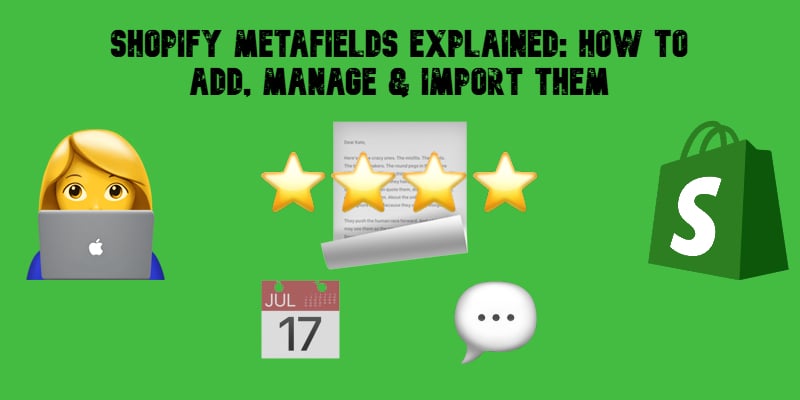Surfer SEO Review 2025: Features, Pricing, and Best Alternatives

Creating high-quality content for your website or online business isn’t just about writing — it’s about strategy. That’s where Surfer SEO comes in. Without a well-structured approach, even the best-written content may fail to rank on search engines, attract visitors, or drive conversions. Whether you’re crafting blog posts, landing pages, or product descriptions, you’ve come to the right place. Below, you will learn how SEO Surfer can help you master search engine optimization without hiring an expert.
In the time of dynamic integration of AI in eCommerce, this powerful tool simplifies SEO content creation by providing data-driven insights, optimizing your text in real time, and improving your website’s visibility. But what is Surfer SEO, how does it work, and is it the right tool for your content strategy? This Surfer SEO review explores its features, pricing, and content editor to help you decide if it’s worth the investment in 2025. Plus, we’ll compare Surfer SEO alternatives to see how it stacks up against rival platforms. Let’s optimize your rankings with Surfer SEO, a favorite among the best AI tools for content optimization.









